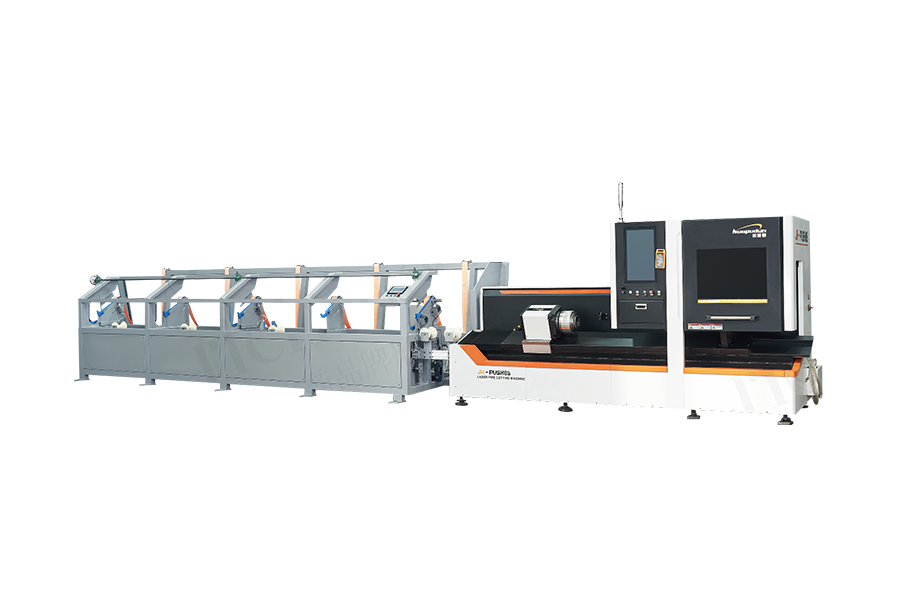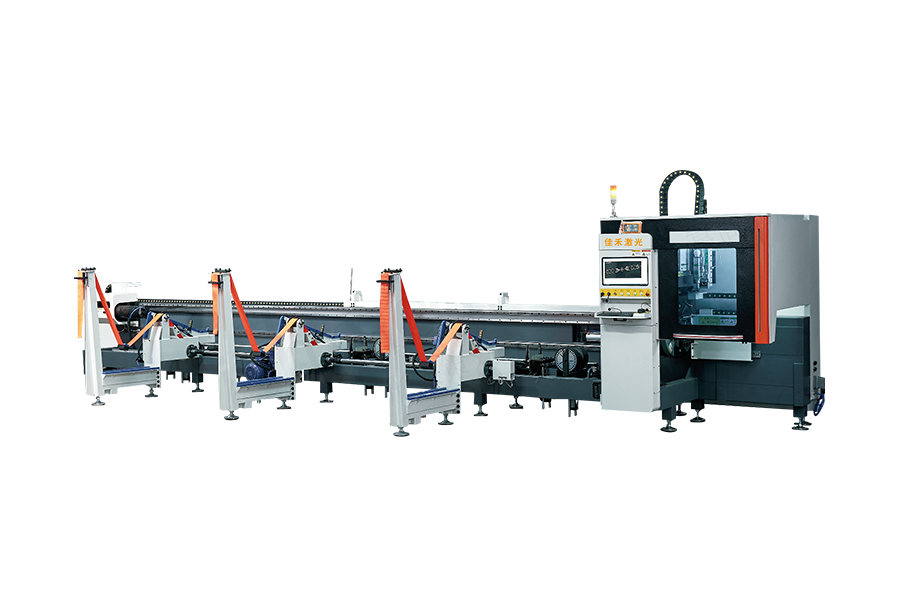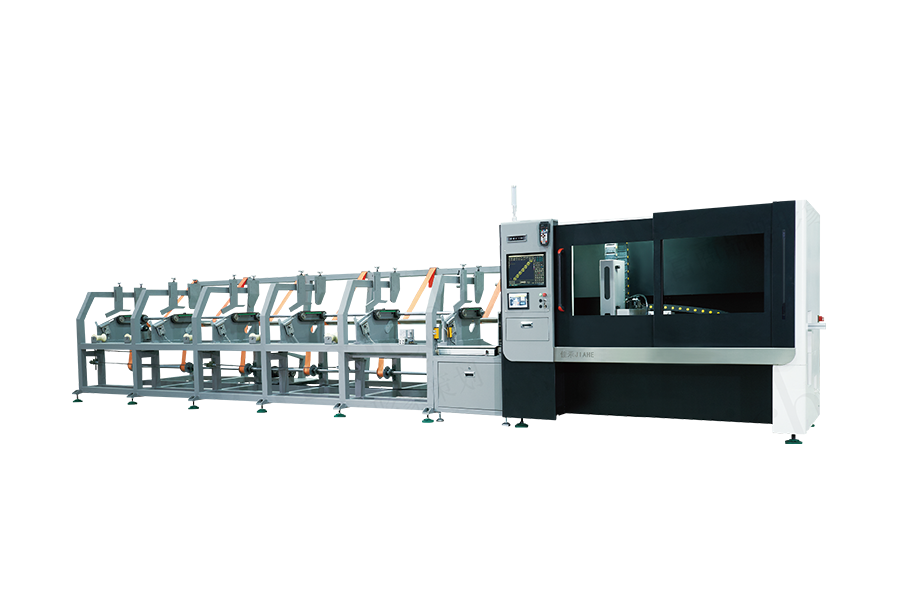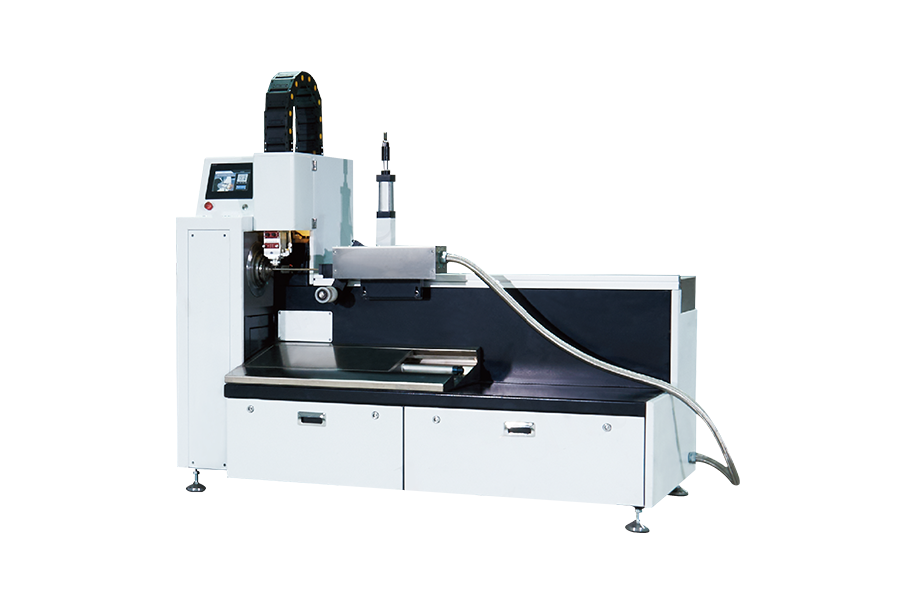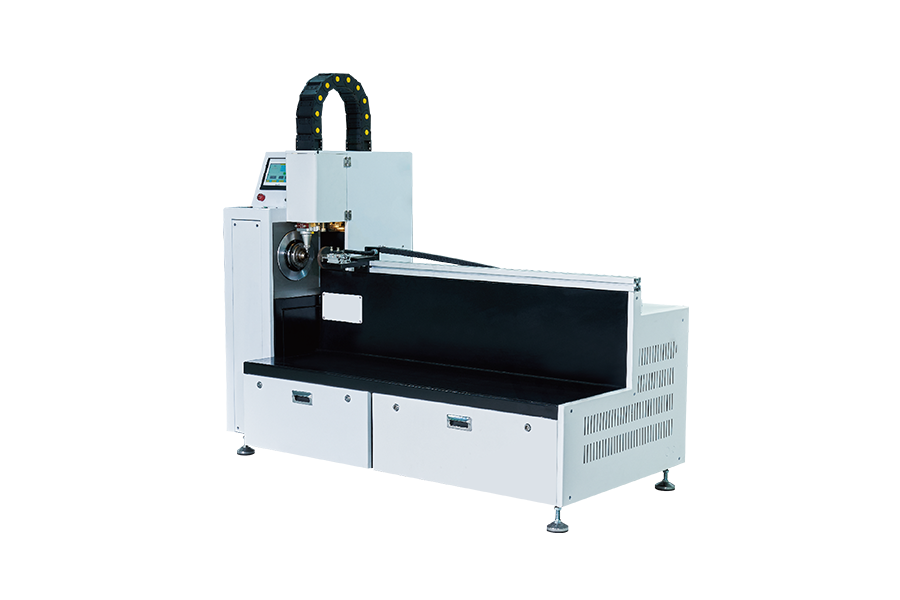Professional R&D, production, sales and after-sales integration.
We have many years of experience in R&D of automation technology and laser technology
In modern manufacturing, the need for precision, speed, and efficiency has made it essential to evaluate various cutting methods. Among the many options available, the Laser Pipe Cutting Machine stands out as a highly versatile and advanced tool. Traditional cutting methods, such as saws or mechanical cutting, have long been used in industries worldwide, but as technology progresses, many factories are turning to laser cutting for its numerous benefits. This article compares the Laser Pipe Cutting Machine with traditional cutting methods to help determine which one is better for specific applications.

One of the significant advantages of the Laser Pipe Cutting Machine over traditional methods is its precision. Laser cutting uses a focused beam of light to slice through materials, achieving highly accurate and clean cuts. This level of precision is difficult to match with traditional cutting tools, which rely on physical blades or saws. With a Pipe Cutting Machine, even intricate shapes and complex designs can be cut without the need for secondary processes such as filing or sanding.
In contrast, traditional cutting methods may not provide the same level of detail. Sawing, for example, can leave rough edges, requiring additional work to smooth or refine the cuts. This makes the Laser Pipe Cutting Machine a preferred option for industries that demand high-precision parts, such as automotive, aerospace, and electronics.
The Laser Pipe Cutting Machine is known for its speed, which is another area where it outshines traditional cutting methods. Laser cutting machines operate quickly, allowing for faster production times and higher output. The ability to automate the process further enhances efficiency, reducing the time spent on manual labor and tool adjustments.
Traditional methods, on the other hand, often involve slower processes. Saws and mechanical cutters require frequent tool changes and manual setup, which can result in longer delivery times. For factories that prioritize high throughput and short production cycles, the Laser Pipe Cutting Machine offers a more efficient solution.
Another key consideration when comparing a Laser Pipe Cutting Machine with traditional cutting methods is the range of materials each can handle. Laser cutting is highly versatile, capable of processing a wide variety of materials, including metals, plastics, and composites. Whether it's stainless steel, aluminum, copper, or other materials, a Pipe Cutting Machine can handle them all with equal efficiency and accuracy.
In comparison, traditional methods such as saw cutting or mechanical cutting may be limited in the materials they can handle effectively. For example, cutting certain metals with traditional tools can result in
excessive wear and tear on the equipment, affecting production costs and downtime. The Laser Pipe Cutting Machine provides a more adaptable solution, making it ideal for industries dealing with a wide range of materials.
Material waste is a significant concern in manufacturing, as it directly impacts the overall cost and environmental footprint of production. The Laser Pipe Cutting Machine is designed to optimize material usage by employing precise cutting techniques that reduce waste. Its high accuracy ensures that the cuts are exact, reducing scrap material and increasing yield from the same amount of raw stock.
In contrast, traditional methods often result in higher levels of material waste. Saw blades and mechanical cutters can create more scrap due to the width of the cutting process, resulting in inefficiencies and increased costs. While traditional methods may be cheaper initially, the overall cost of production can rise due to higher waste levels and the need for additional processing steps.
Safety is a critical concern in any manufacturing environment. Traditional cutting methods, such as sawing, can present various risks to workers, including flying debris, sharp edges, and the potential for injury from moving parts. In comparison, a Laser Pipe Cutting Machine is equipped with various safety features, such as laser shields, automatic material handling, and enclosed cutting areas, to reduce the risk of accidents.
Furthermore, the automation involved in laser cutting reduces the need for manual intervention, which in turn lowers the likelihood of human error. While traditional cutting methods require operators to be in close proximity to the cutting tool, the Laser Pipe Cutting Machine typically operates in a more controlled and safer environment.

 English
English 中文简体
中文简体 русский
русский